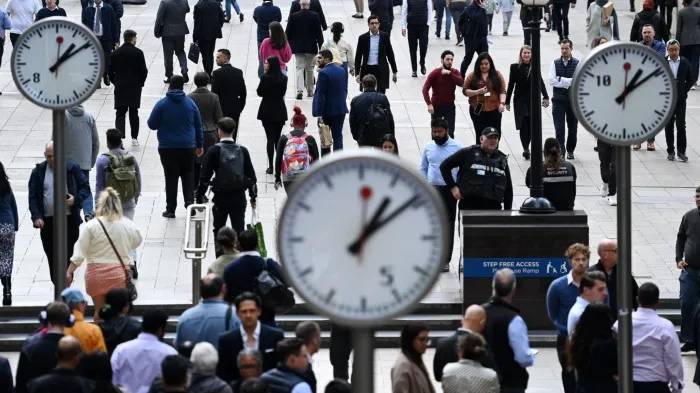Latest News
Britain’s Labour Market in 2025: Wages Rise, But Inequality Persists

As the UK economy stabilizes after years of inflationary pressure and post-Brexit disruptions, the 2025 labour market presents a complex picture. Wages are finally growing faster than prices, unemployment remains near record lows, and sectors like tech, construction, and green energy are hiring at unprecedented rates. Yet beneath the surface, deep inequalities persist between regions, industries, and demographics challenging the government’s claims of an evenly shared recovery.
Wage Growth and Employment Trends
According to the Office for National Statistics (ONS), average earnings rose 5.3% year-on-year in the first quarter of 2025, outpacing inflation for the first time since 2021. Public sector workers, particularly in education and healthcare, received the largest raises following prolonged industrial disputes. However, real wages remain below pre-pandemic levels for many households, as living costs and housing expenses continue to rise.
The UK unemployment rate sits at 4.1%, steady but with regional disparities. London, Manchester, and Edinburgh are leading employment growth in high-value industries such as AI, fintech, and clean energy, while regions like the North East and Wales continue to struggle with job scarcity and lower average pay.
Sectors facing labour shortages include construction, care services, and hospitality, where post-Brexit migration limits have reduced the available workforce. Employers are responding by investing in automation, offering flexible contracts, and recruiting from underrepresented demographics to fill gaps.
The Rise of Hybrid Work and Digital Employment
Hybrid and remote work models are now a fixture of the UK’s employment landscape. A recent PwC survey found that 64% of British companies now offer flexible work arrangements, compared to just 22% before the pandemic. For London’s finance and technology sectors, this shift has led to cost savings and improved productivity but also sparked new debates around urban office demand and mental health.
The gig economy continues to grow, fueled by digital platforms offering part-time or freelance opportunities. The government’s 2025 Labour Rights Bill introduces minimum protections for gig workers, including pension contributions and basic sick pay. Labour unions have welcomed the reforms but warn that enforcement will be key to preventing worker exploitation.
Inequality and Cost-of-Living Pressure
Despite positive macroeconomic indicators, inequality remains entrenched. The Resolution Foundation reports that the top 10% of earners now hold nearly 50% of total wealth, while real disposable income for low-income households has stagnated.
Rising housing costs are amplifying this divide. In London, the average rent exceeds £2,600 per month, while mortgage rates remain near 5%. Younger workers are increasingly locked out of the housing market, with only 28% of under-35s owning a home the lowest share in modern UK history.
The government has pledged to expand skills retraining programs and regional infrastructure investment to close the gap, but economists argue that structural reforms particularly in taxation and housing are needed to achieve real equity.
Conclusion
Britain’s 2025 labour market reflects a country in transition more flexible, innovative, and productive than before, yet still marked by inequality and financial strain. Wage growth offers some relief, but without deeper reforms in housing, education, and social mobility, the benefits of recovery risk remaining unevenly distributed. The challenge for policymakers will be ensuring that prosperity truly reaches all corners of the UK.










